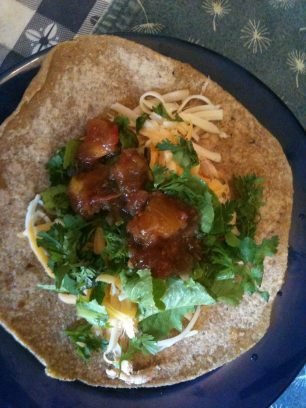I grew my own corn and made my own corn chips! A journey learning to grow and store my own food.
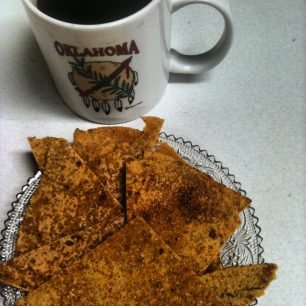
I found growing and cooking corn labor intensive. It's much easier growing potatoes from start to finish. However, I now have big respect for the people who grow corn to live off. Deep respect....
Unfortunately, corn is not an easy plant to preserve as an heirloom vegetable. It originated as a mutation and cannot survive in the wild. Therefore, its existence is wholly dependent on the intervention of man to ensure that it can pollinate and produce seed. The Indians were keenly aware of this and treated corn with a religious dedication found in no other cultures. Furthermore, their attitude toward corn was colored by a desire not to increase its productivity but to preserve its sacred character, for in their eyes it had human qualities.
Something I found out while researching how to grow dent corn for corn flour. There is a disease called Pellagra which is a niacin deficiency caused from a variety of behaviors from alcoholism to living a very restricted or poor nutritional based diet, like living off of only corn. My question was why didn't this disease happen to the native population of America, which their main food source was maize/corn?
Pellagra is making a comeback because of our over processed nutrient zero fast and processed food diets. Also vaccines destroy your gut flora "VACCINE INJURY: First the Gut, Then the Brain," along with fluoride, chlorine other deadly chemicals in our drinking water, billions of pounds of pesticides and herbicides dumped on our food and draining into our waterways, it's no wonder as a population we are becoming mentally and physically ill.
Pellagra is classically described by "the three Ds", diarrhea, dermatitis, dementia.
High sensitivity to sunlight
Aggression
Dermatitis, alopecia (hair loss), edema (swelling)
Smooth, beefy red glossitis (tongue inflammation)
Red skin lesions
Insomnia
Weakness
Mental confusion
Ataxia (lack of coordination), paralysis of extremities, peripheral neuritis (nerve damage)
Diarrhea
Dilated cardiomyopathy (enlarged, weakened heart)
Eventually dementia
Why Did Officials Approve this Bt-toxin Corn Chip that Creates a 'Pesticide Factory' in Your Gut?
Mother Earth's New, Making Massa and why Nixtamalization is so important. A well written recipe on how to lime your dent corn,
- You will need a large stockpot
- Pickling lime
- Dried Organic Corn
Wash and rinse your corn 3 times. For one cup of dry corn you will need 1 tablespoon of pickling lime. Add dried corn to boiling water and lime. You will need to cook the corn for about 15 to 20 minutes until the outer cover of the corn can be slipped off. Check corn after 10 minutes, the more time you boil the corn the tougher the dough will be if you are making tortillas. Remember when corn is done to thoroughly rinse of your corn or the lime will make you sick and you'll be trotting off to the bathroom.
Let corn soak over night before removing the dark end and outer cover. After corn has soaked from 8 to 24 hours in lime water, rinse well and start rubbing the corn with your hands like you are washing you hands with the kernels in between your palms. This should easily pull the outer layer of corn off. This is labor intensive and you will need a lot of patience.
The reasons natives didn't get sick from a diet mostly made up of maize was because of how they processed corn. I don't know how the native population in the Americas figured out that using lime to process corn helped with the digestion processes but they did. Maybe they were more advanced than the history tellers have told us?
Back in the early 1900s the poor African and European people of the south became very sick with a mysterious disease. The story is fascinating and could very well relate to many of the physical and mental illnesses our modern populations are suffering from today. Pellegra and Goldberger vs. The South
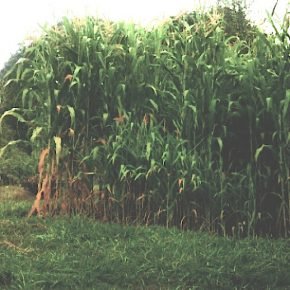
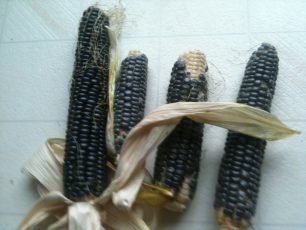
I had to start my corn inside because the crows kept pulling up the seedlings! The corn that grew the best for me in Eugene Oregon was Hopi Blue and Trucker Yellow. For some reason Truckers yellow, which really isn't that yellow but a variety of yellows and reds in each kernel would produced some cobs that were all red. However the corn once processed was bright yellow. I didn't eat my Hopi blue corn, I saved the seeds for my next garden. I didn't grow my different varieties of corn in the same patch. I grew them on opposite sides of my 2 acre hobby farm and I plant at different times. The easiest way to avoid cross pollination is to plant only one type of corn. I also grew popcorn and had no problem with the corn cross pollinating with my dent corn. Corn easily cross pollinates and you will end up with a bewildering array of hybrid cobs of corn. Three ways to avoid cross pollination.
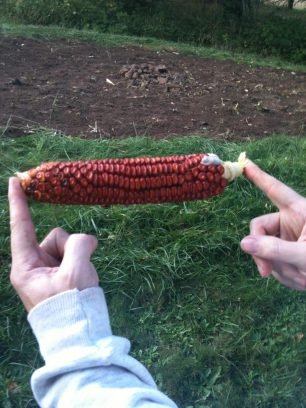

Drying corn for storage, I stripped of the the green leaves covering the corn cob and placed my green corn cobs on my patio and let the sun dry them. In Eugene most summers are long and hot. I the stripped of the kernels from the cob using this Metal Hand Corn Sheller.
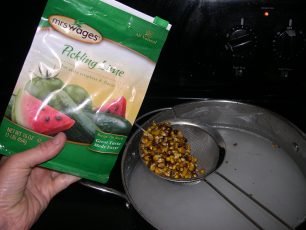

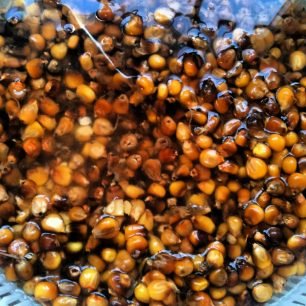
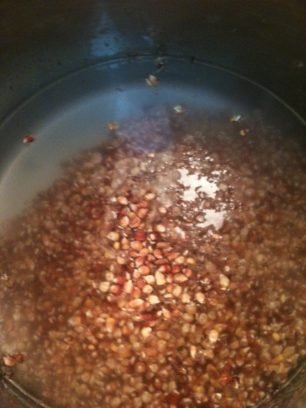

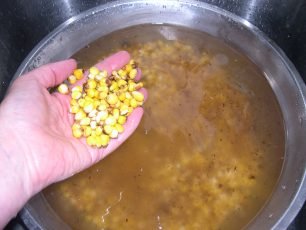
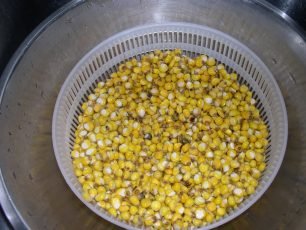
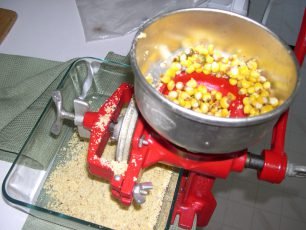
You can buy this corn mill just about anywhere online and it's dirt cheap. It takes some elbow grease grinding any grain, but cooked corn is pretty easy to grind compared to something like Kamut primitive wheat. I will write another article on my adventures with this primitive grain.
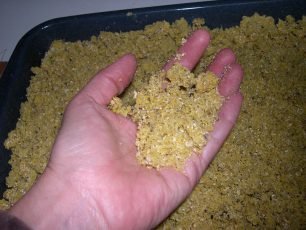
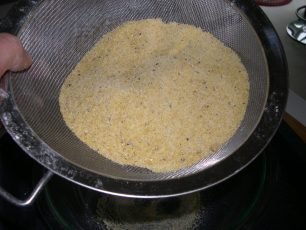
I dried my cornmeal in the oven and remilled it for a finer type of flour. Much like drying the mash left over from making soy milk.
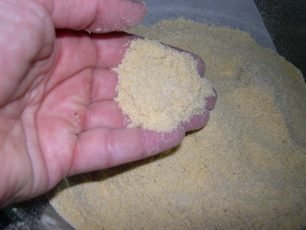

In the upper part of my article I posted some really good recipes making corn tortillas.
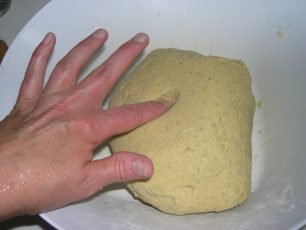
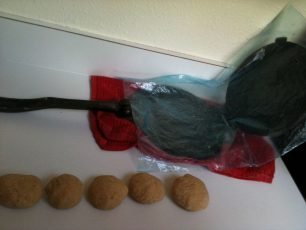
I love my tortilla press, it makes everything so much easier. I can't remember how much this one cost. Nothing fancy, just a caste iron press.
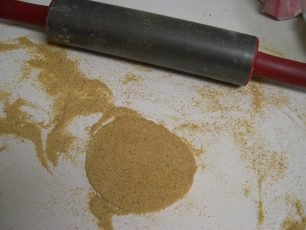
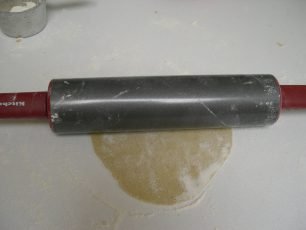
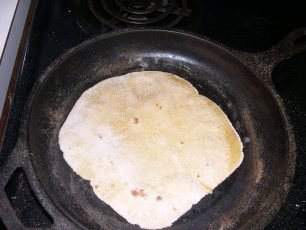
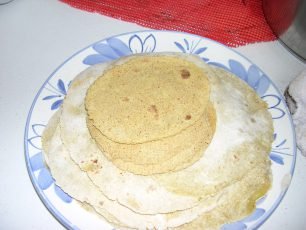
Cooking tortillas is easy, just press out your dough ball, maybe use a rolling pin for thinner tortillas, that's what I do and throw on a hot caste iron pan, no need for grease. Cooking the tortilla takes a few minutes, don't leave because they cook up super quick! With my pure corn tortillas, the smallest ones I cut to make corn chips and sprinkle them with sugar and cinnamon. I bake them in the oven after cooking them in the dry pan at 350 degrees for 10-15 minutes or until crispy. Be sure and check often because each oven is totally different regarding temperature and cooking time.
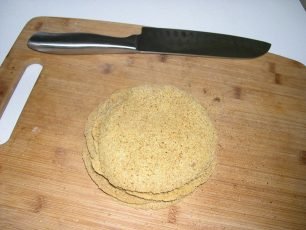
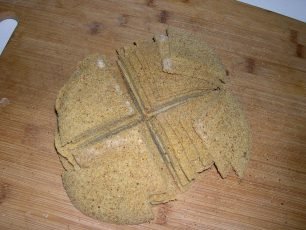

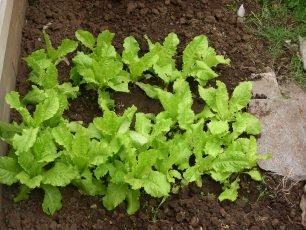
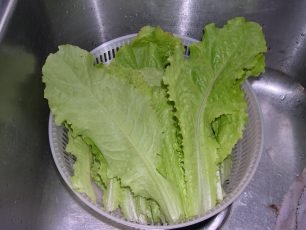
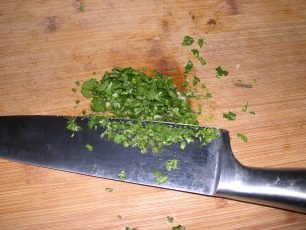
Cilantro, onions, garlic, and lettuce are from my garden. Sour cream was made from the milk I bought from a small farm down the road from where I lived. I have several articles coming on how to make cheese, butter, and sour cream from scratch.
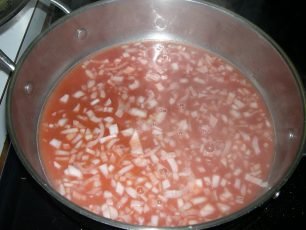
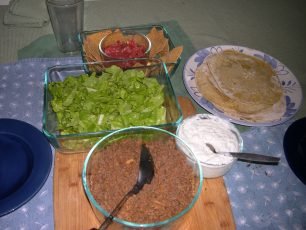
I made beans for my tortillas this time around. I cooked up the onions in tomato juice and reduced the liquid and added the sauce to my beans.
